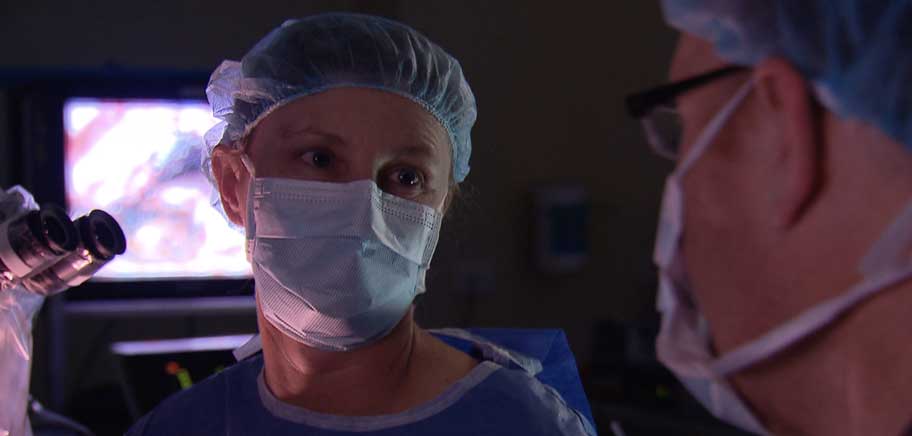Singapore and Melbourne, Australia, 14 October 2019: Independent pharmaceutical company Specialised Therapeutics Asia (STA) has signed a new license deal, enabling it to provide a global advanced sarcoma therapy to patients in Australia, New Zealand and throughout SE Asia.
Under the terms of the agreement, STA will provide the marine-derived compound YONDELIS (trabectedin) to patients throughout Australia, New Zealand and in South East Asia under exclusive license from Spanish company PharmaMar.
YONDELIS – which has been shown to improve progression-free survival when used as second-line therapy for patients with unresectable or metastatic liposarcoma (LPS) or leiomyosarcoma (LMS) 1 – is already approved and has been available to patients in the United States since 2015,2 and in Europe since 2007.3
Until now, it has not been available in Australia and New Zealand, although it is currently provided to patients in Singapore, Malaysia and Brunei via a previous pharmaceutical arrangement. Former product licensee Janssen will continue to distribute YONDELIS in Singapore, Malaysia and Brunei until marketing authorisation is formally transferred to STA.
Announcing the new deal, STA Chief Executive Officer Mr Carlo Montagner said some Australian patients and their doctors had previously sought to access YONDELIS from international sources, at great difficulty and expense.
“We are delighted to provide this important therapy to patients in Australia, New Zealand and in South-East Asia,” he said.
“We will be immediately seeking approval from the Therapeutic Goods Administration (TGA) and in the interim, will ensure YONDELIS is available to appropriate patients via a Special Access Program.”
Associate Professor Jayesh Desai, Medical Oncologist at the Peter MacCallum Cancer Centre in Melbourne, Australia, and Deputy-Chair of the Australia New Zealand Sarcoma Association (ANZSA) said the availability of YONDELIS in Australia would be greatly appreciated by the sarcoma community.
“Sarcoma is a relatively rare cancer and treatment options are limited for Australian patients with advanced disease,” Associate Professor Desai said.
“YONDELIS has been shown to provide a 45% reduction in the risk of disease progression or death versus dacarbazine in patients who have failed prior therapies,1 and has been a global standard of care. We welcome news that Australian patients will soon be provided access to this therapy that is already providing benefit to sarcoma patients around the world.”
Specialised Therapeutics will now seek formal regulatory approval to market YONDELIS in Australia from the Therapeutic Goods Administration (TGA) and subsequent reimbursement via the Pharmaceutical Benefits Scheme (PBS).
In the interim, a Special Access Program will be opened on November 1 to ensure YONDELIS is available at the earliest opportunity to eligible patients.
PharmaMar President, José María Fernández Sousa-Faro, commented: “This new license arrangement is the third we have struck with STA, and is a strong endorsement of their capabilities in these key marketing regions of Australia, New Zealand and South-East Asia.
“Patients and the medical community will now be provided the opportunity to readily access YONDELIS, which is already recognised as a global standard of care. We look forward to seeing sarcoma patients benefit with improved outcomes.”
Ends.
About Specialised Therapeutics Asia
Headquartered in Singapore, Specialised Therapeutics Asia Pte Ltd (STA) is an international biopharmaceutical company established to commercialise new therapies and technologies to patients throughout South East Asia, as well as in Australia and New Zealand. STA and its regional affiliates collaborate with leading global pharmaceutical and diagnostic companies to bring novel, innovative and life-changing healthcare solutions to patients affected by a range of diseases. Its mission is to provide therapies where there is an unmet need. The company’s broad therapeutic portfolio currently includes novel agents in oncology, haematology, neurology, ophthalmology and supportive care.
Additional information can be found at www.stbiopharma.com
About PharmaMar
Headquartered in Madrid, PharmaMar is a biopharmaceutical company focused on oncology and committed to research and development, taking its inspiration from the sea to discover molecules with antitumor activity. It is a company seeking innovative products to provide health care professionals with new tools to treat cancer. Its commitment to patients and to research has made it a world leader in the discovery of antitumor drugs of marine origin.
PharmaMar has a pipeline of drug candidates and a robust R&D oncology program. It develops and commercializes YONDELIS® in Europe and has other clinical stage programs under development for several types of solid cancers: lurbinectedin (PM1183), PM184 and PM14.
About YONDELIS® (trabectedin)
YONDELIS® (trabectedin) is a novel, multimodal, synthetically produced antitumor agent, originally derived from the sea squirt, Ecteinascidia turbinata. The anti-cancer medicine works by preventing tumor cells from multiplying and is approved in 76 countries in North America, Europe, South America and Asia for the treatment of advanced soft-tissue sarcomas as a single-agent, and in 69 countries for relapsed ovarian in combination with DOXIL®/CAELYX® (doxorubicin HCl liposome injection).
The approval was based on the results of a pivotal phase 3, randomised, open-label controlled study which evaluated YONDELIS versus dacarbazine in over 500 patients with unresectable or metastatic liposarcoma (LPS) or leiomyosarcoma (LMS) previously treated with an anthracycline and at least one additional chemotherapy regimen. LPS and LMS are subtypes of soft tissue sarcoma (STS) and represent more than 35% of all STS cases.4 The median PFS among the YONDELIS treatment group was 4.2 months (n=345; 95% confidence interval (CI): 3.0 – 4.8 months), while the median PFS in the dacarbazine treatment group was 1.5 months (n=173; 95% CI: 1.5 – 2.6 months), representing a 45% reduction in the risk of disease progression or death with YONDELIS (HR=0.55; 95% CI: 0.44 – 0.70; p<0.001).1
Among the 340 patients who YONDELIS and were included in the safety analysis in the randomised trial, the most common (≥20%) adverse reactions were nausea (73%), fatigue (67%), vomiting (44%), constipation (36%), decreased appetite (34%), diarrhoea (34%), peripheral oedema (24%), dyspnoea (25%) and headache (23%). The most common (≥20%) laboratory abnormalities were neutropenia (49%), increased alanine transaminase (ALT) (45%), thrombocytopaenia (30%), anaemia (39%), increased aspartate aminotransferase (AST) (35%) and increased blood alkaline phosphatase (20%).1
About Soft Tissue Sarcoma
Soft tissue sarcoma is a rare type of cancer that forms as a painless lump (tumour) in any one of the soft tissues connecting all the organs and body structures – including fat, muscle, nerves, deep skin tissue, blood vessels and the tissue surrounding joints (synovial tissue). Soft tissue sarcomas commonly develop in the thigh, shoulder and pelvis and may sometimes develop in the abdomen or chest.5
It is estimated around 1500 new cases of STS will be diagnosed in Australia every year, with more men than women typically affected.6 Median survival from diagnosis has increased from 5.80 years in 1985-1989 to 8.18 years in 2010 – 2014.7The outcome of patients with metastatic disease is poor with a median overall survival (OS) estimated to be between 12 and 18 months.8,9
Metastatic or locally advanced STS is generally considered incurable, with the mainstay of treatment being systemic chemotherapy. For some patients with limited disease burden however, long-term remission can be achieved through a multimodality approach involving medical, surgical and radiation therapy.10
- YONDELIS® (trabectedin) is a globally recognised treatment for patients with advanced soft tissue sarcoma as second-line therapy and beyond, but has been difficult for Australians to access
- YONDELIS demonstrates 45% reduction in risk of disease progression or death versus dacarbazine1
- Specialised Therapeutics now filing for TGA approval
- YONDELIS to be made available in Australia via Special Access Program to open November 1.
Further Inquiries
Emma Power, Corporate Affairs and Communications Manager, Specialised Therapeutics Asia +65 3158 9940 or +61 419 149 525 or epower@stbiopharma.com
References
- Demetri G. et al. J Clin Oncol. 2016; 34(8): 786-793
- Barone A. et al. Clin Cancer Res; 2017; 23(24): 7448-7453
- YONDELIS (trabectedin) European Medicines Agency Summary of Product Characteristics
- Toro JR, et al. Int J Cancer. 2006; 119:2922-2930
- Cancer Council Victoria Fact Sheet – Soft tissue sarcoma. Available at https://www.cancervic.org.au/cancer-information/types-of-cancer/soft_tissue_cancers/soft-tissue-cancers-overview.html. Last Accessed: October 2019.
- Australian Government. Cancer Australia. Sarcoma statistics in Australia. Available at https://sarcoma.canceraustralia.gov.au/statistics. Last Accessed: October 2019.
- Bessen T. et al. Cancer Epidemiology, 2019; 63: 101590
- Noujaim J. et al. Indian J Med Paediatr Oncol. 2016; 37(3): 125-130
- Dangoor A. et al. Clin Sarcoma Res. 2016; 6:20
- Bae S. et al. Clin Sarcoma Res. 2016; 6:11
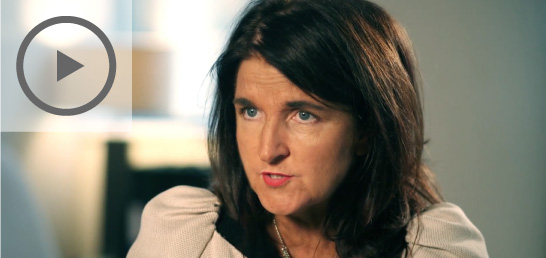
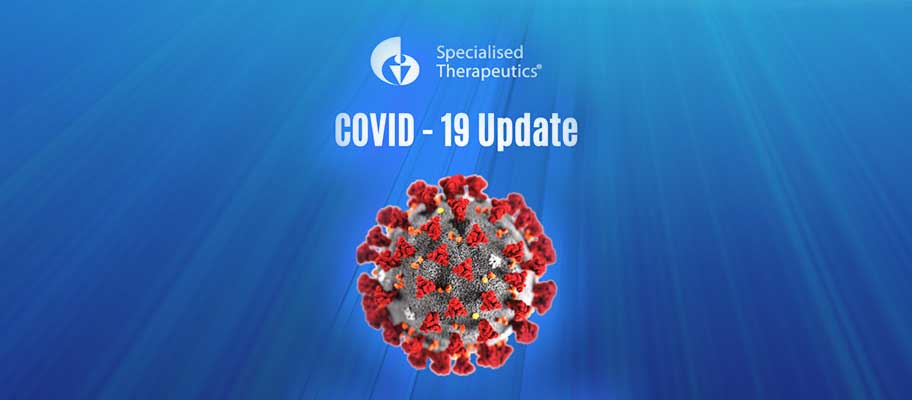
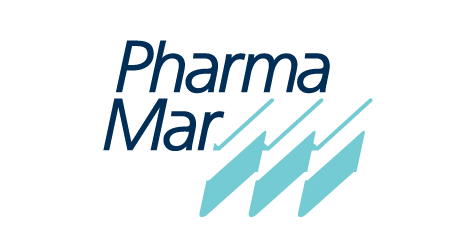
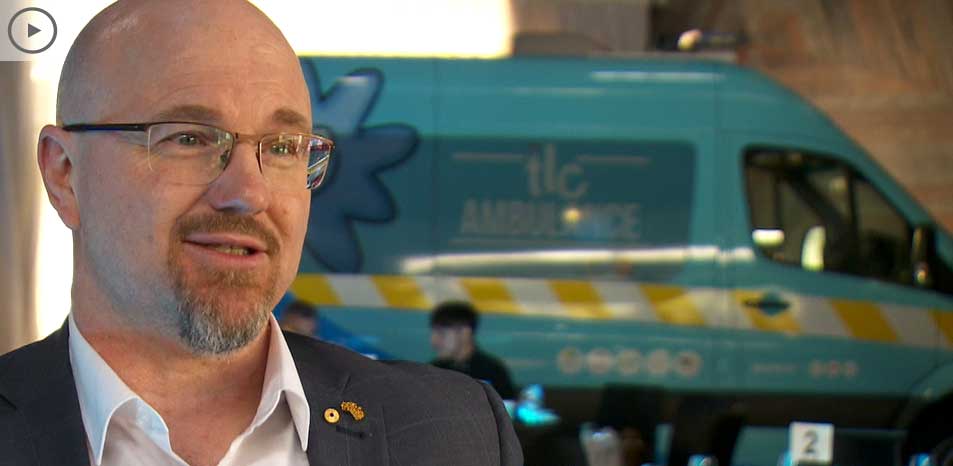
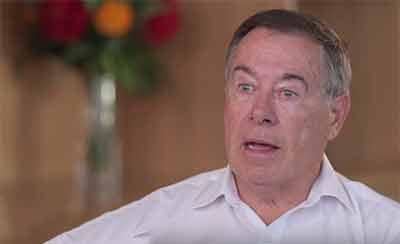 OUR CAPABILITY: Specialised Therapeutics’ Quality Assurance Manager David Wilson explains how we transport specialist medicines to patients around the world
OUR CAPABILITY: Specialised Therapeutics’ Quality Assurance Manager David Wilson explains how we transport specialist medicines to patients around the world